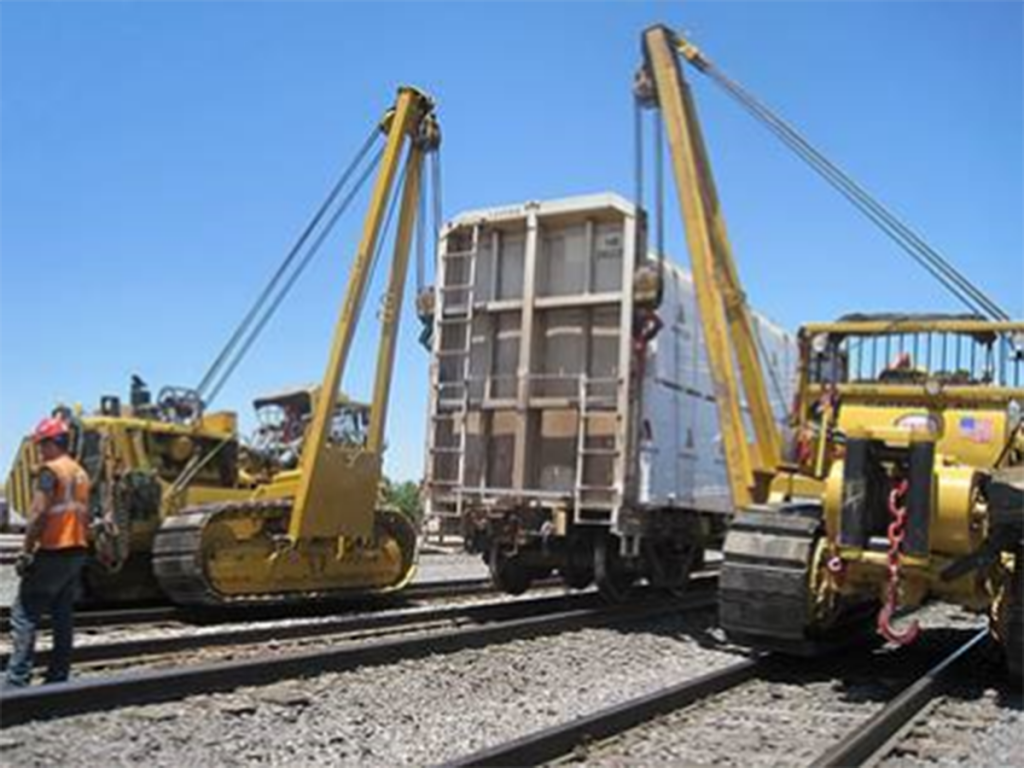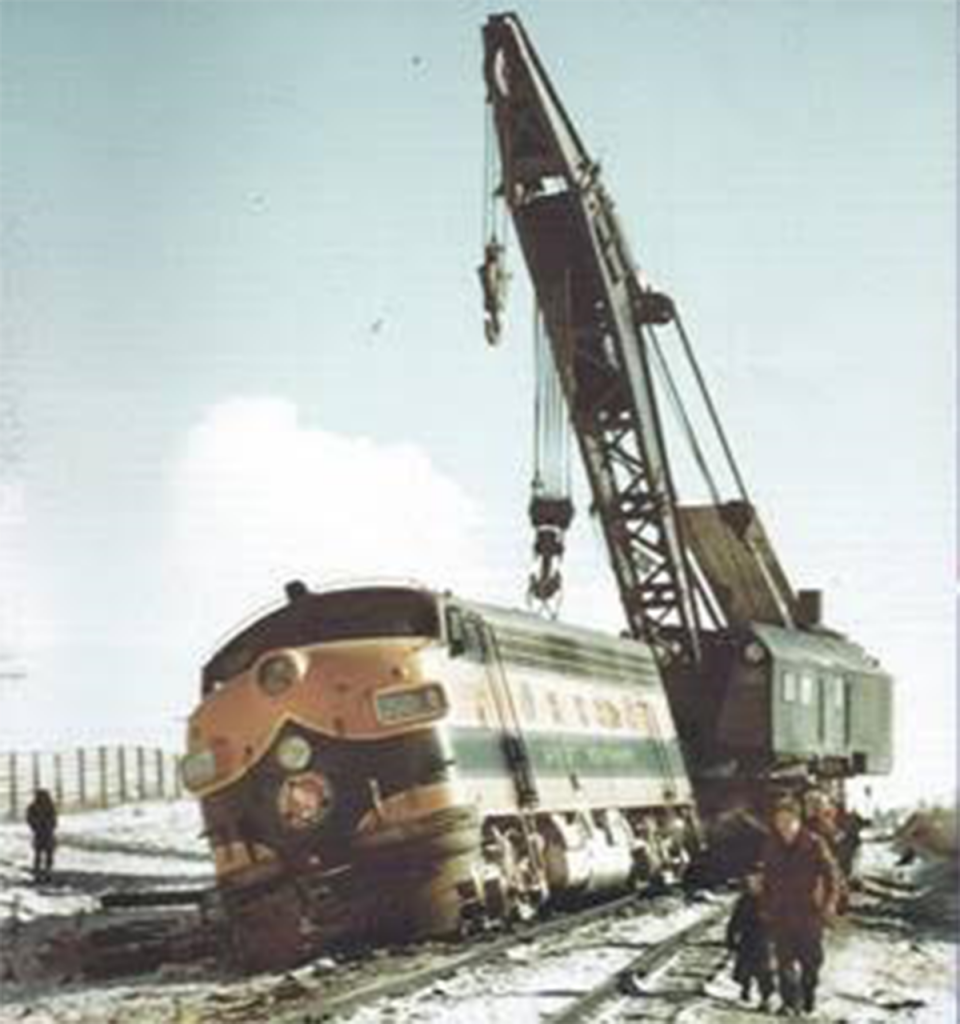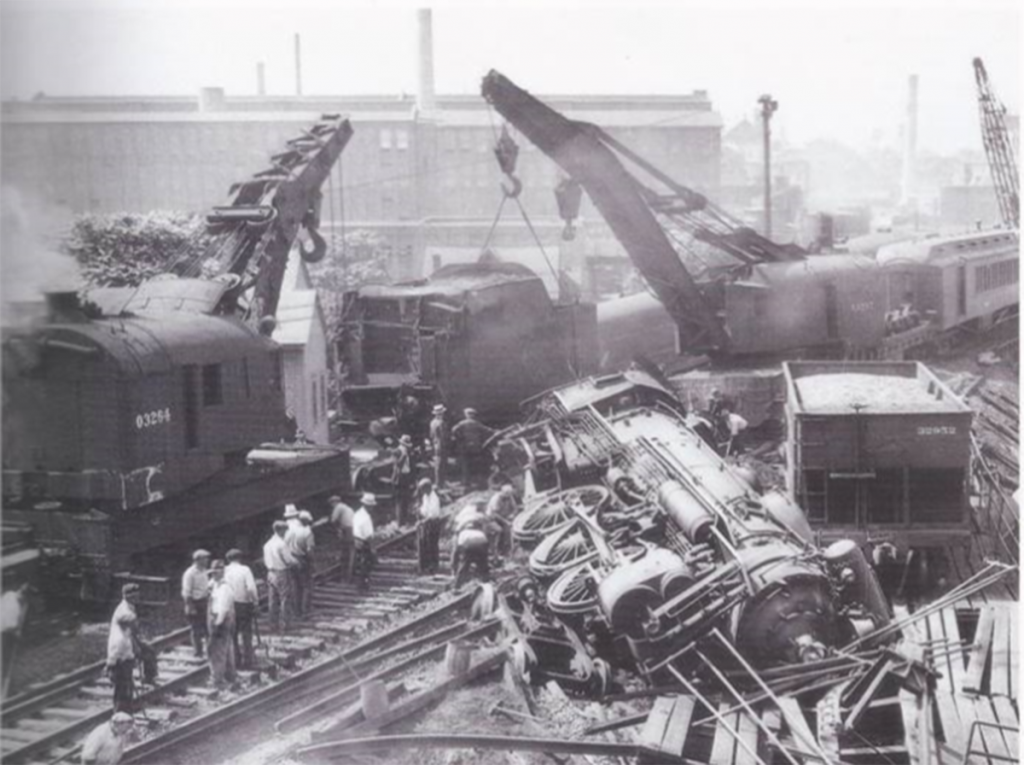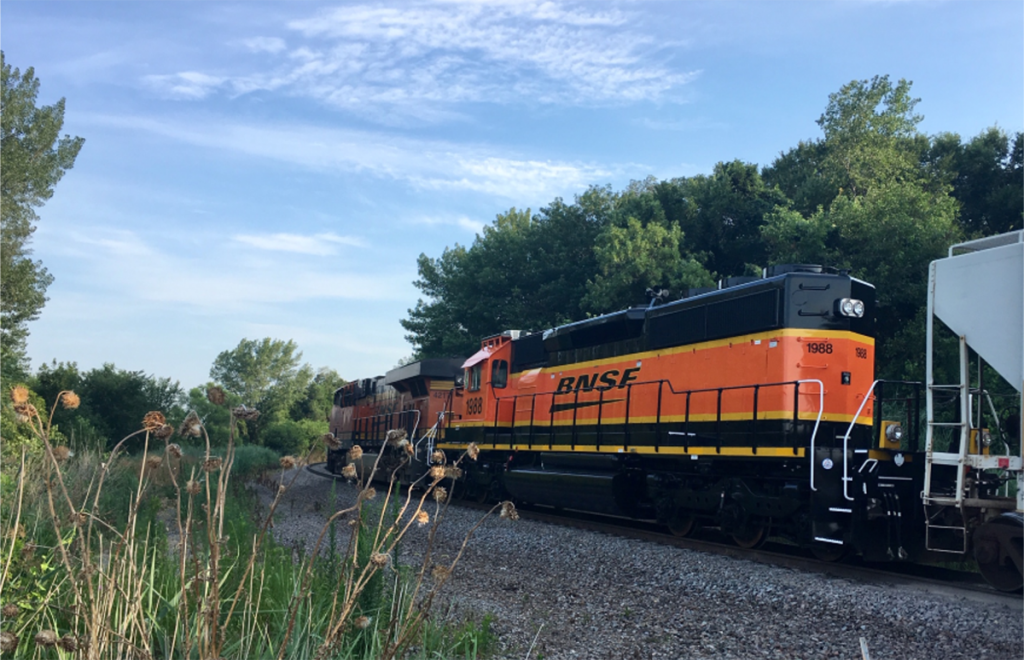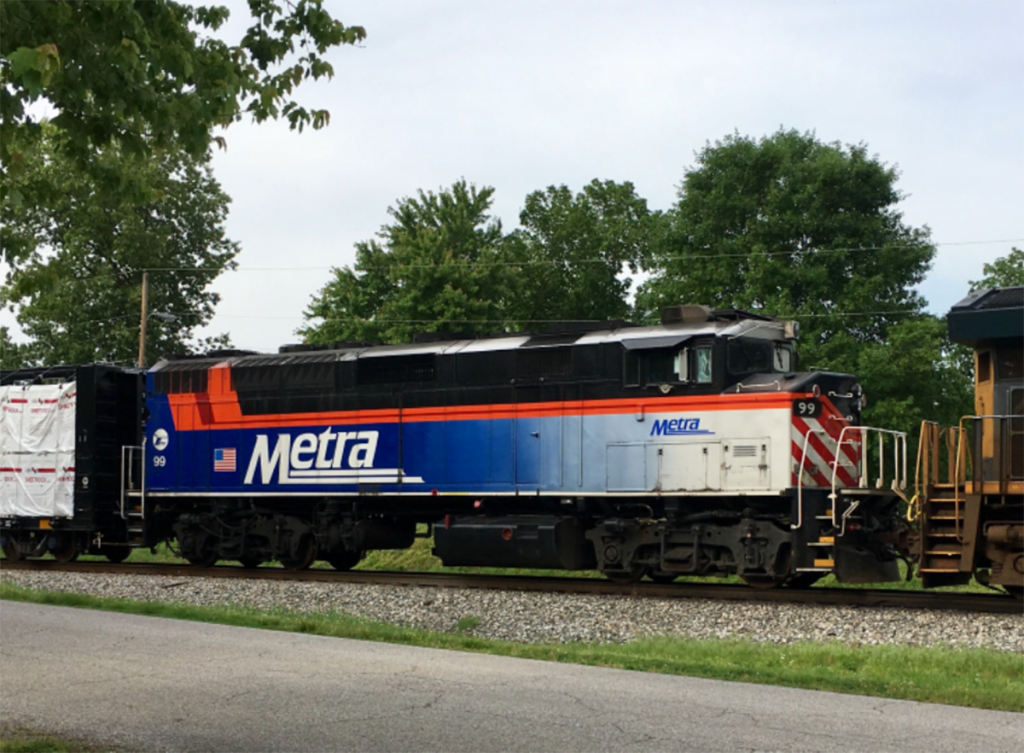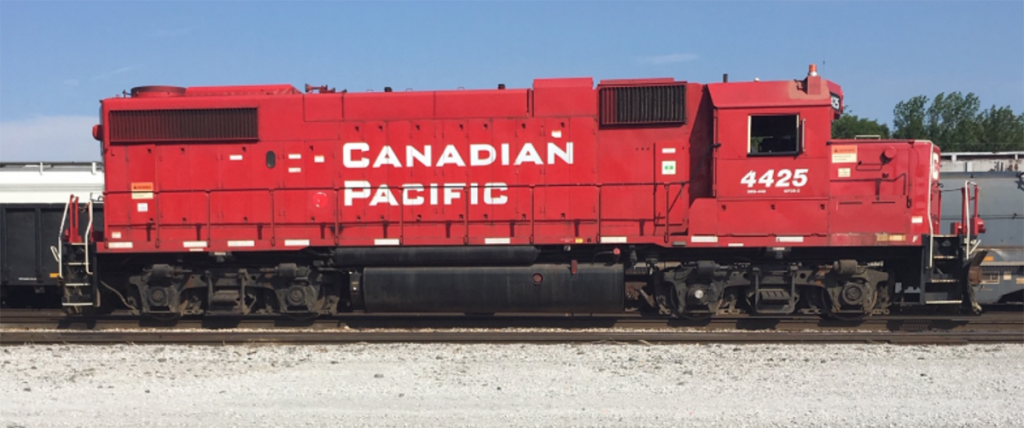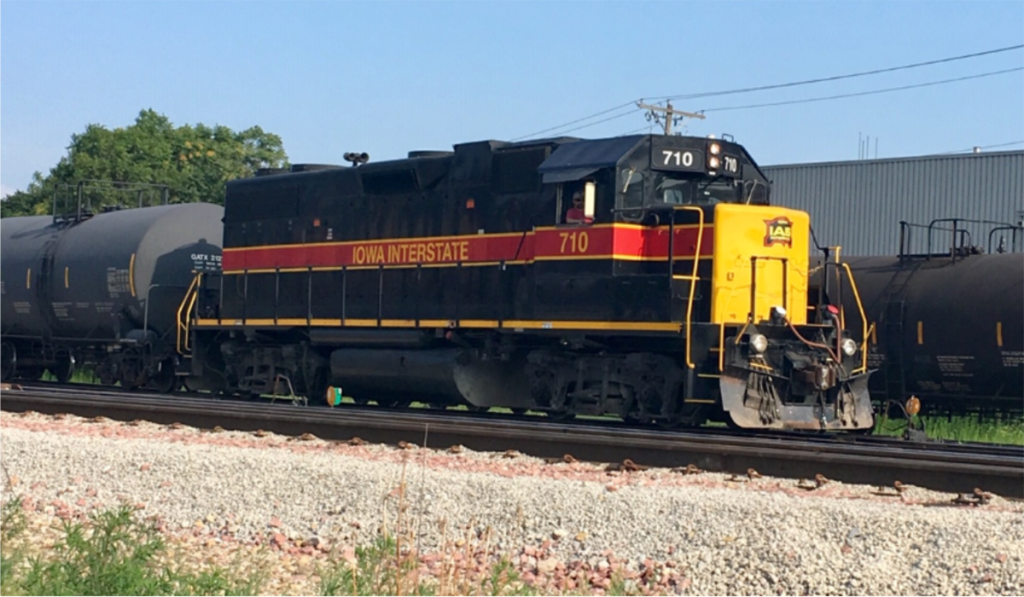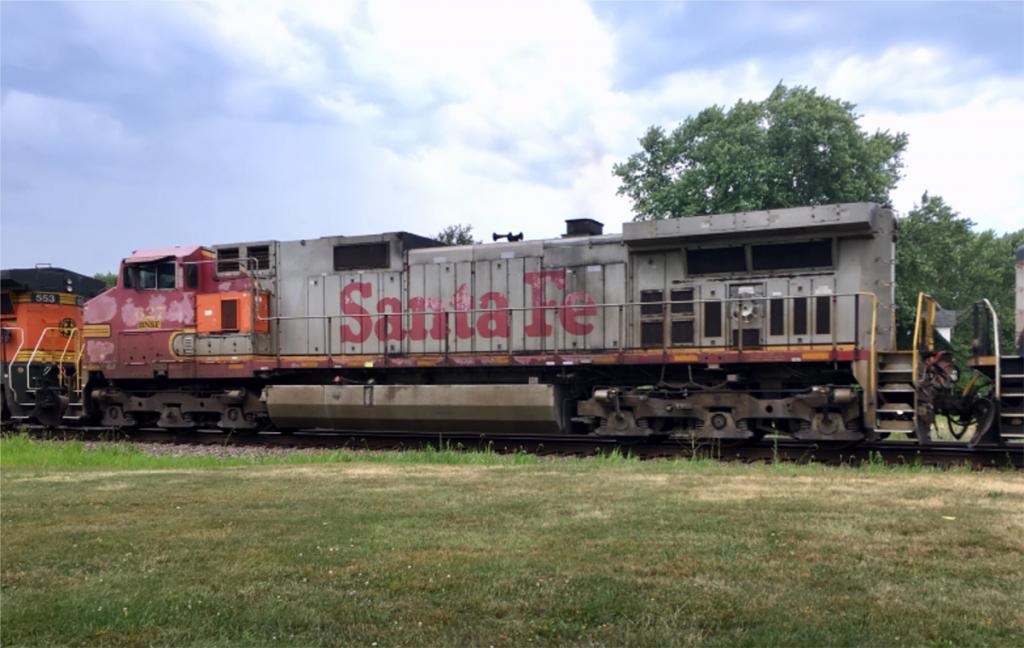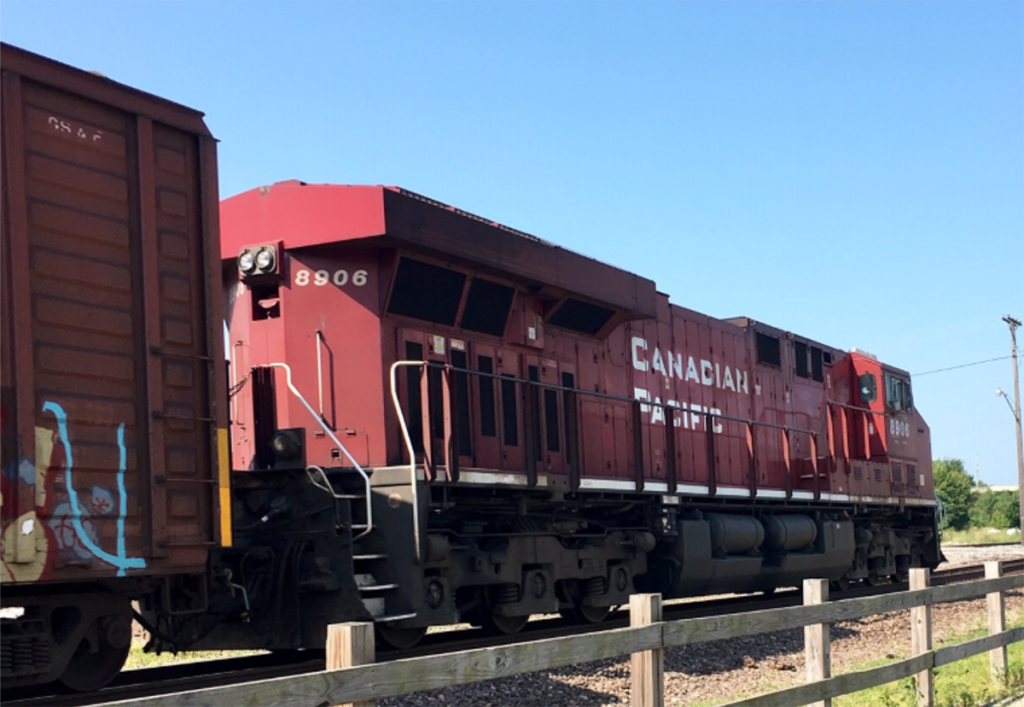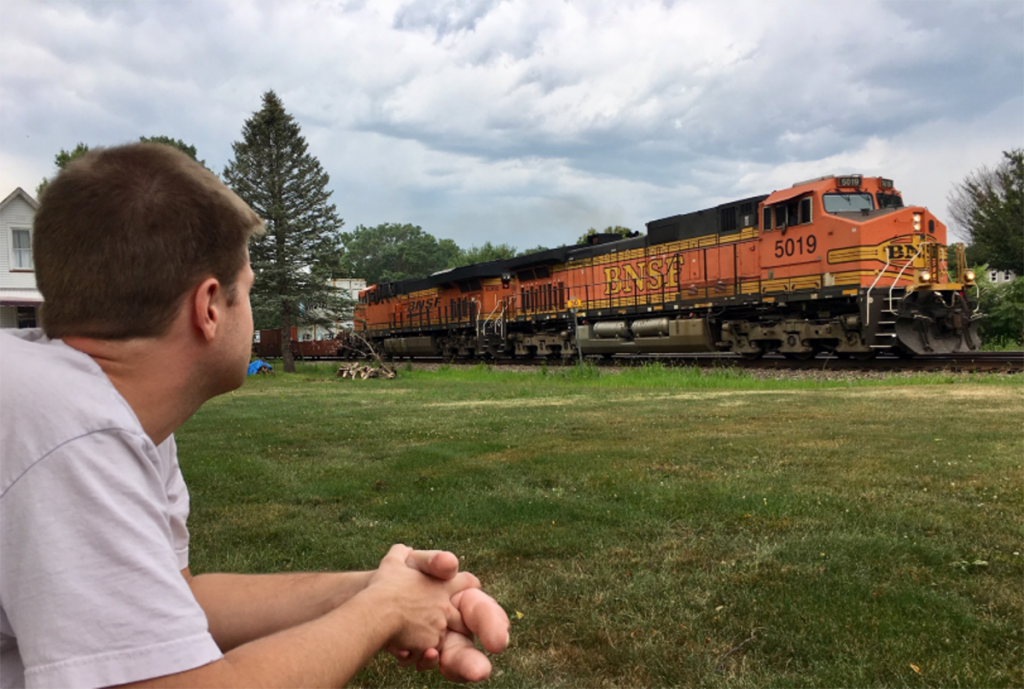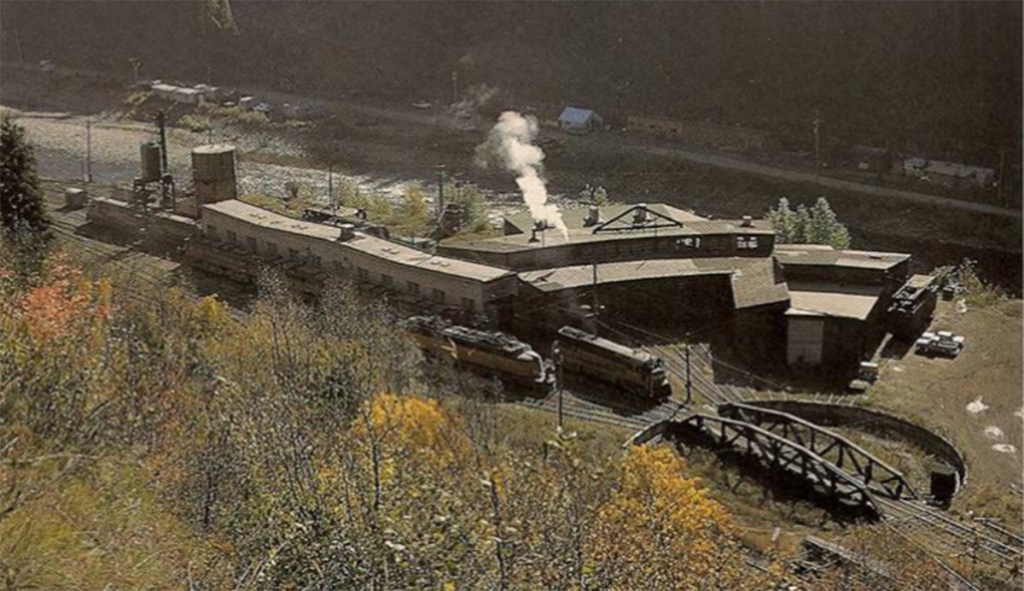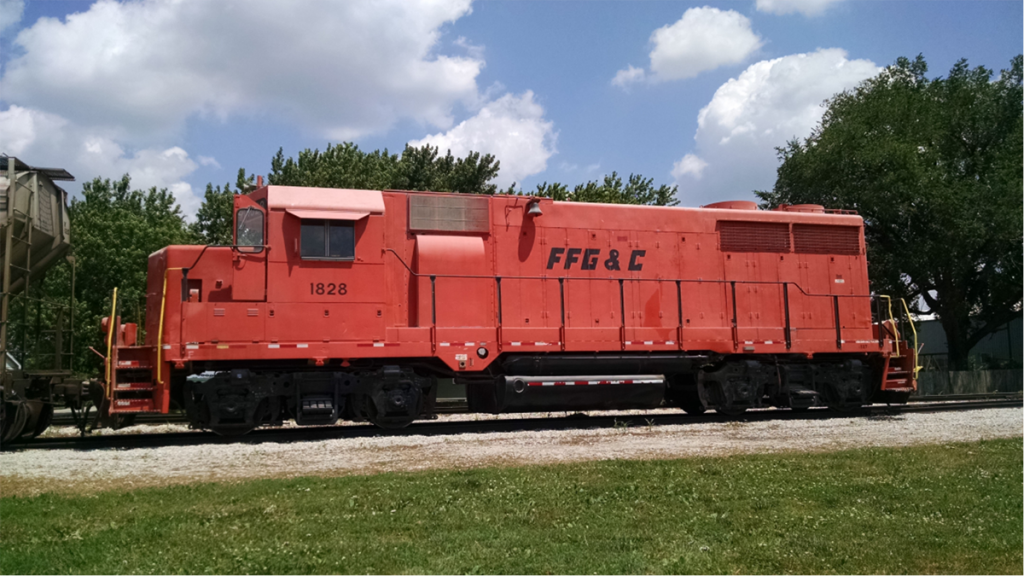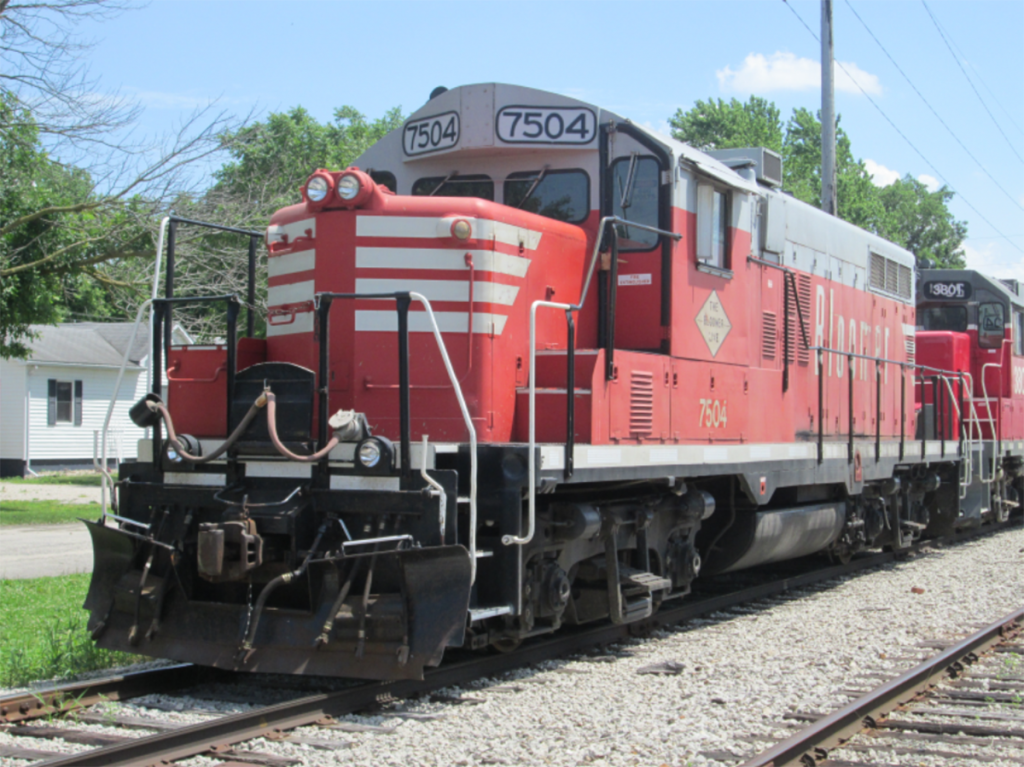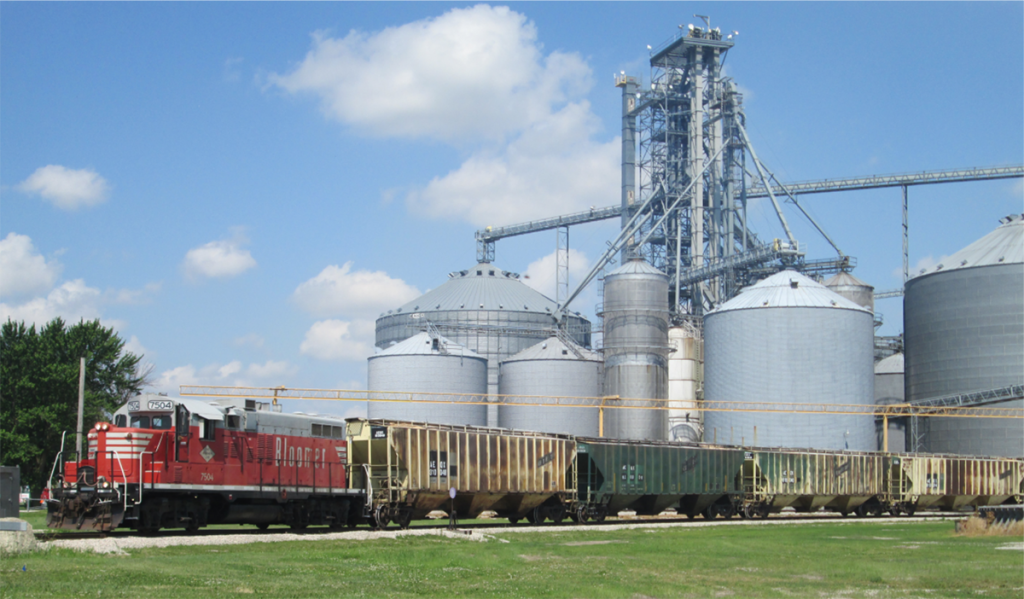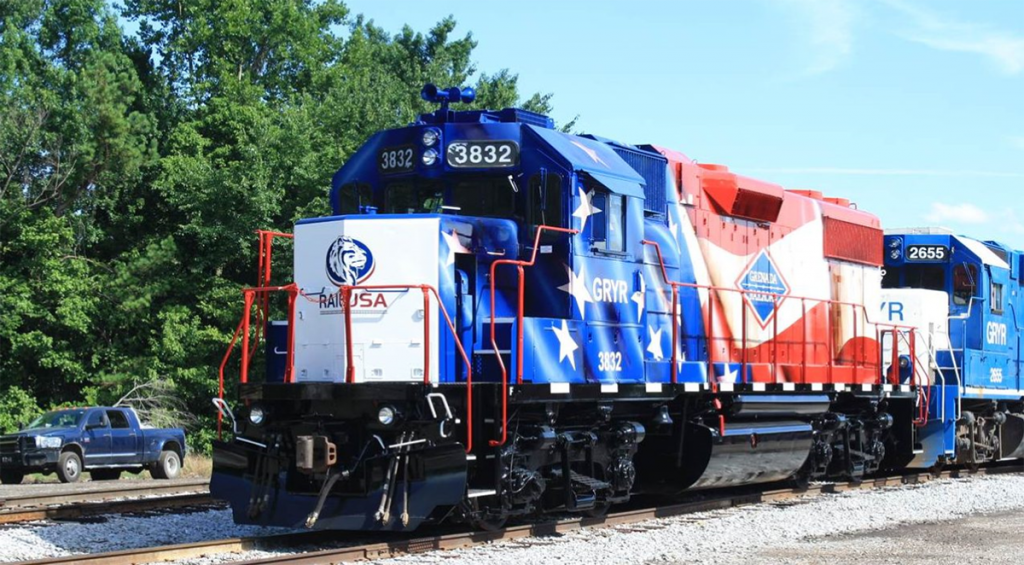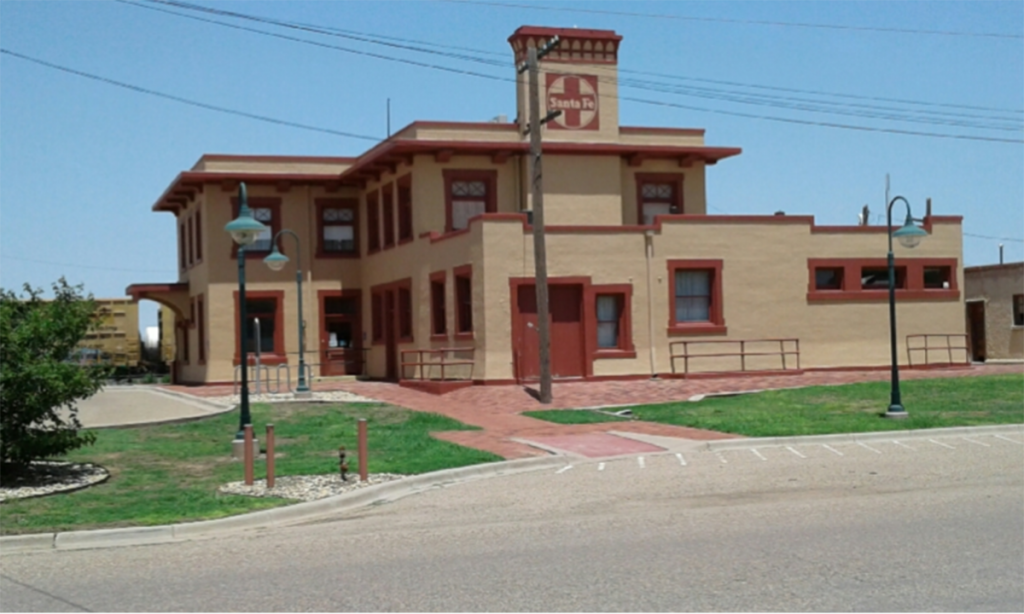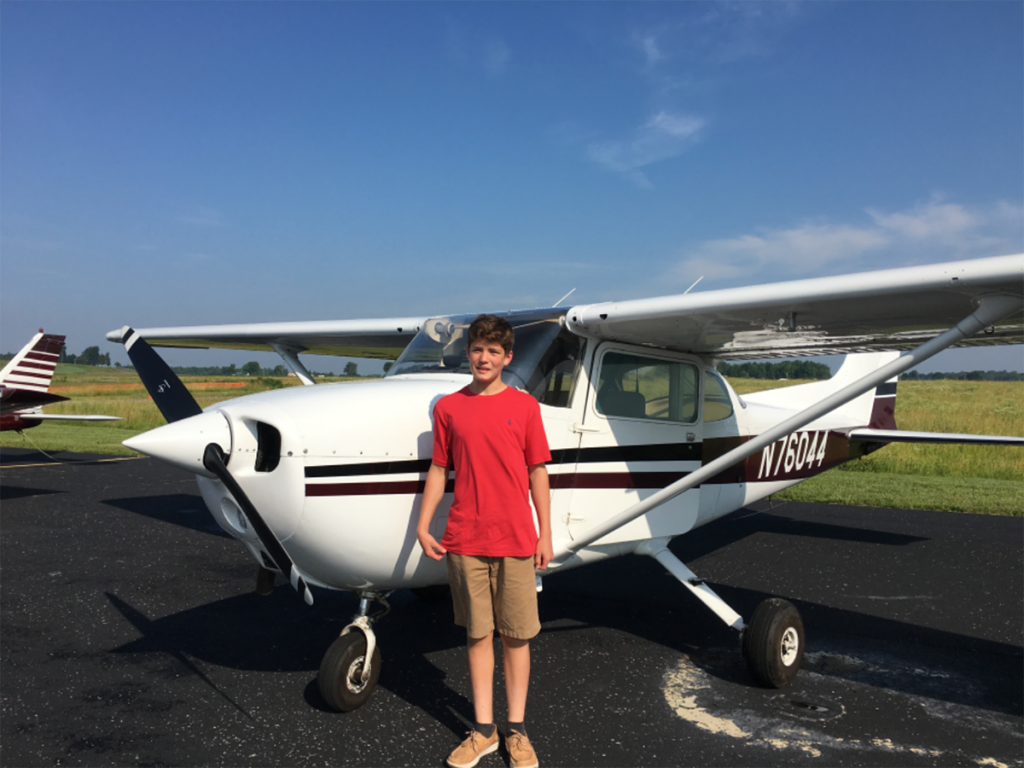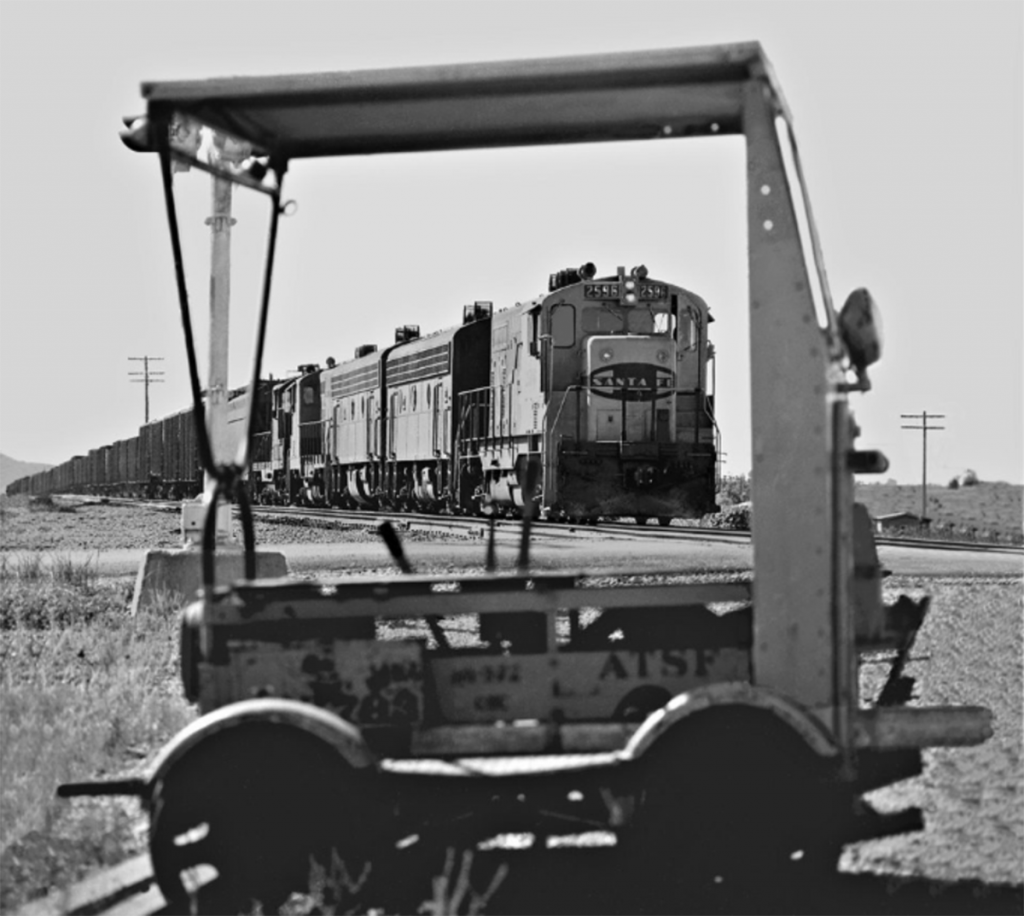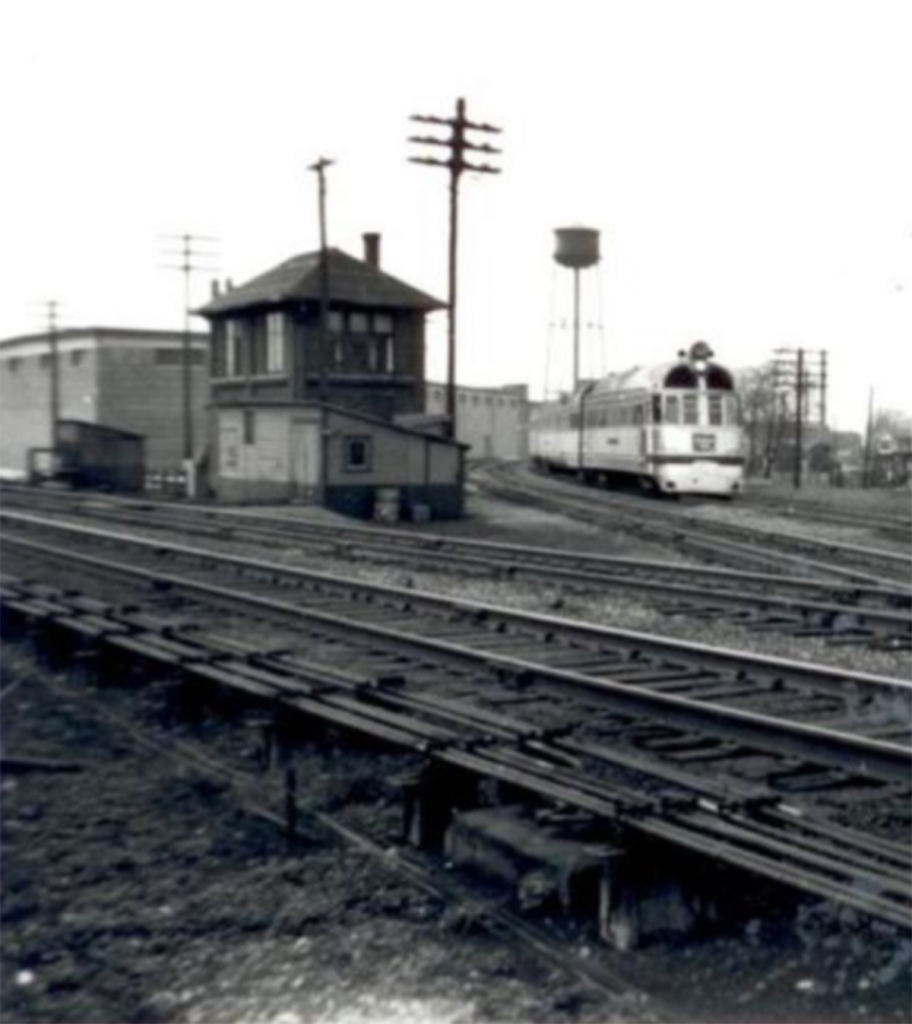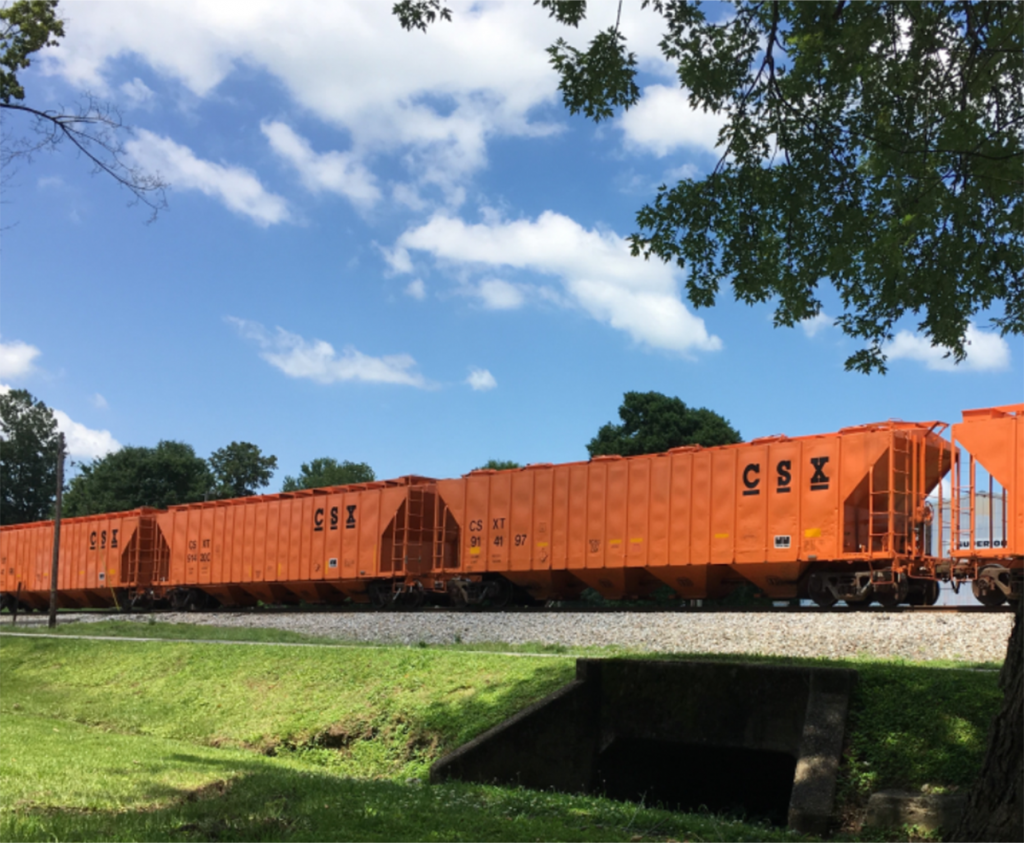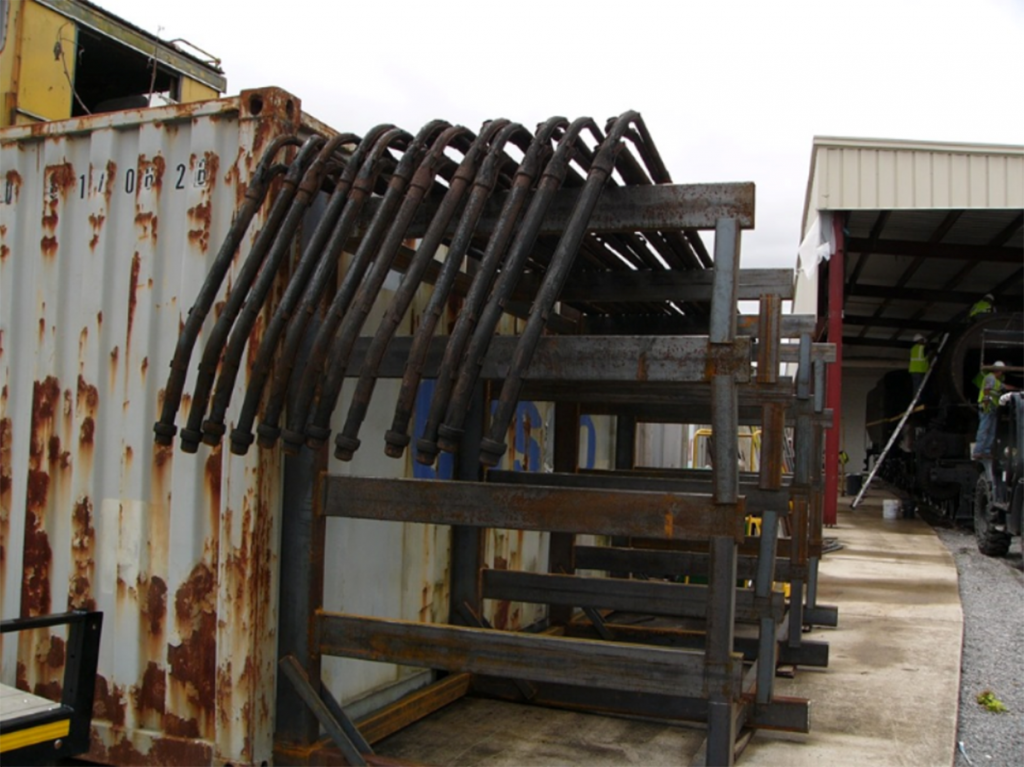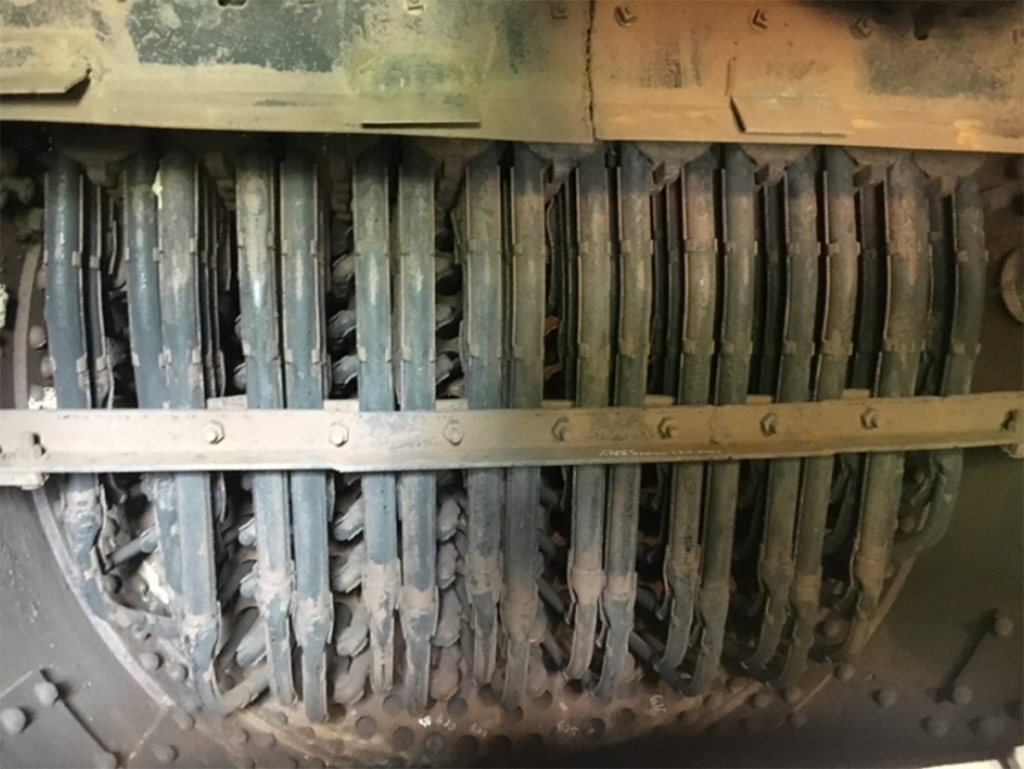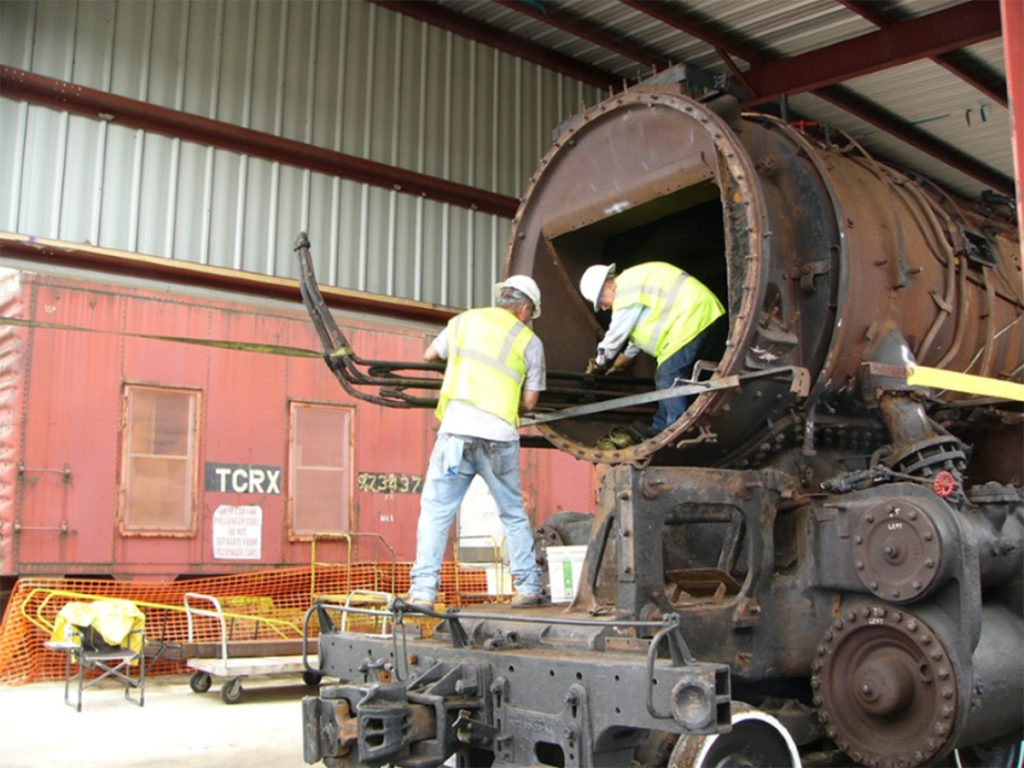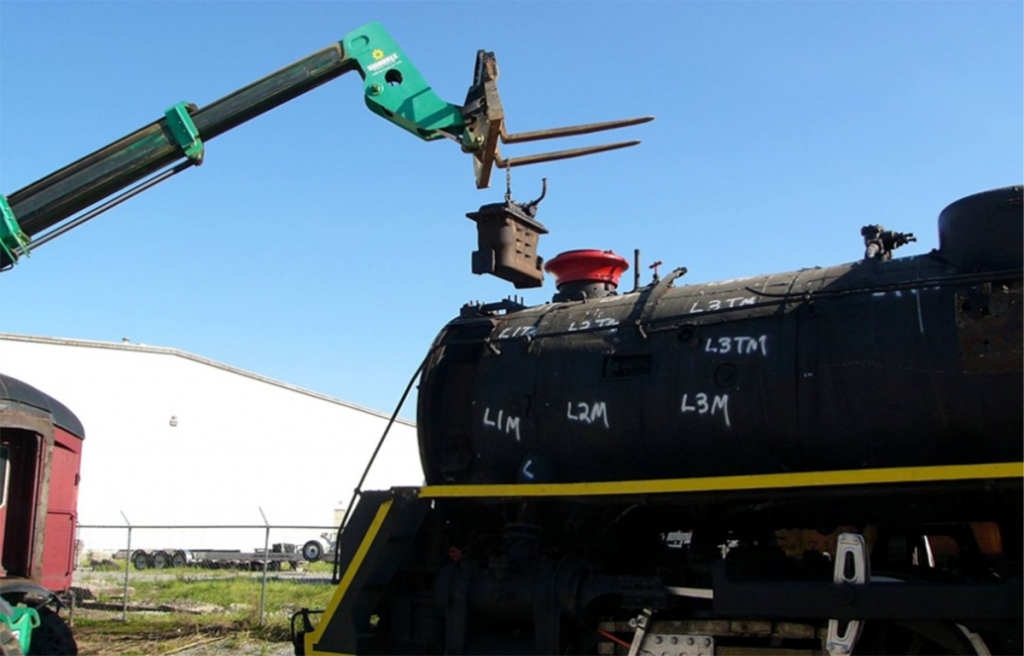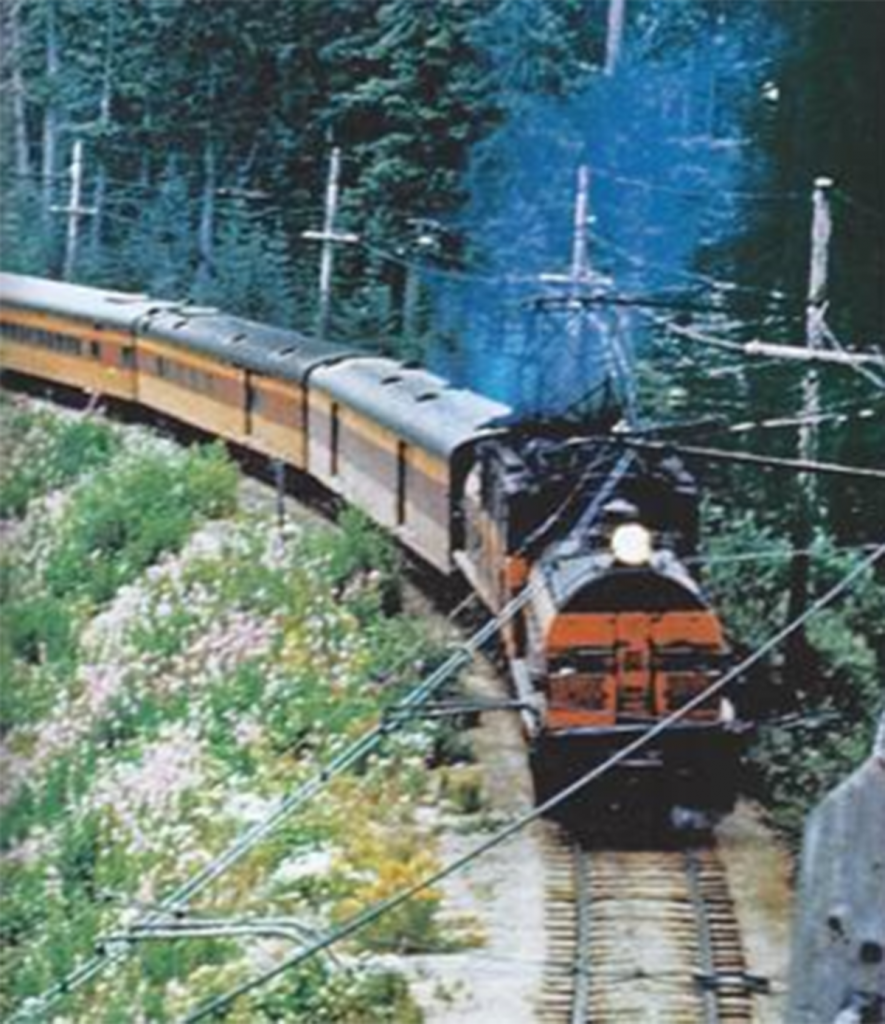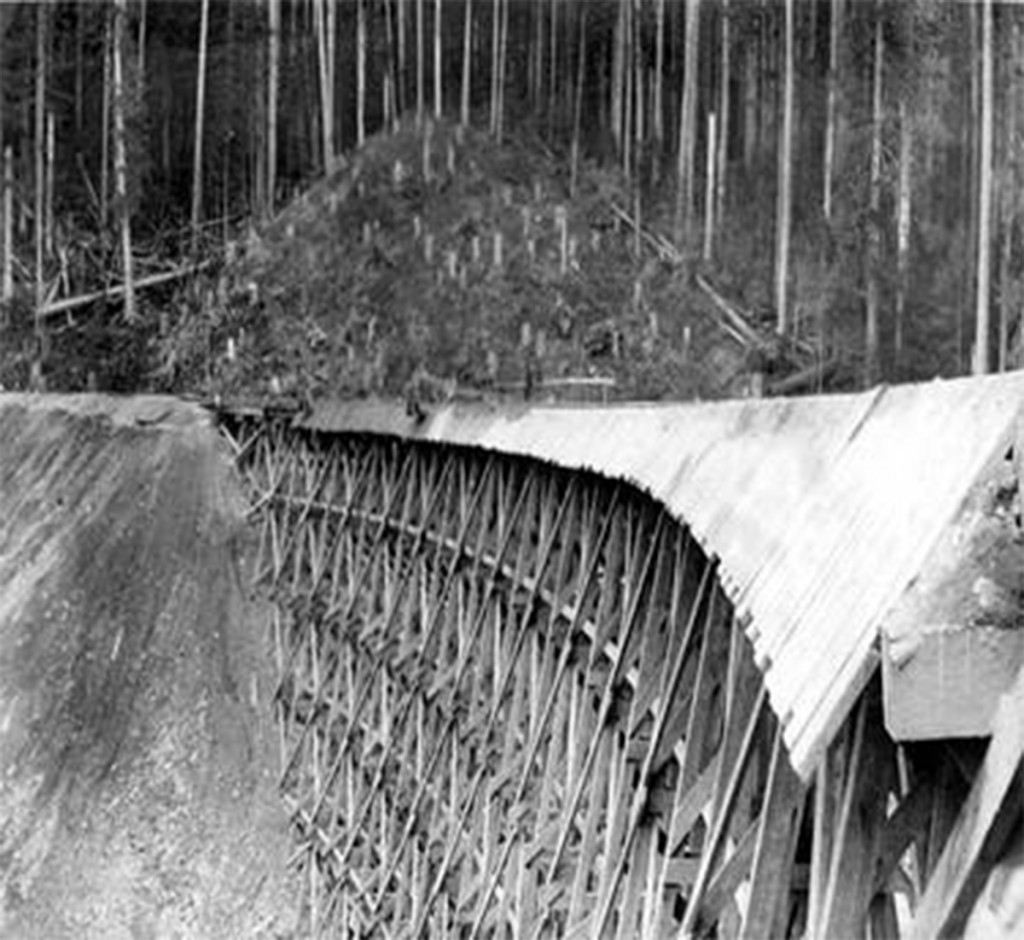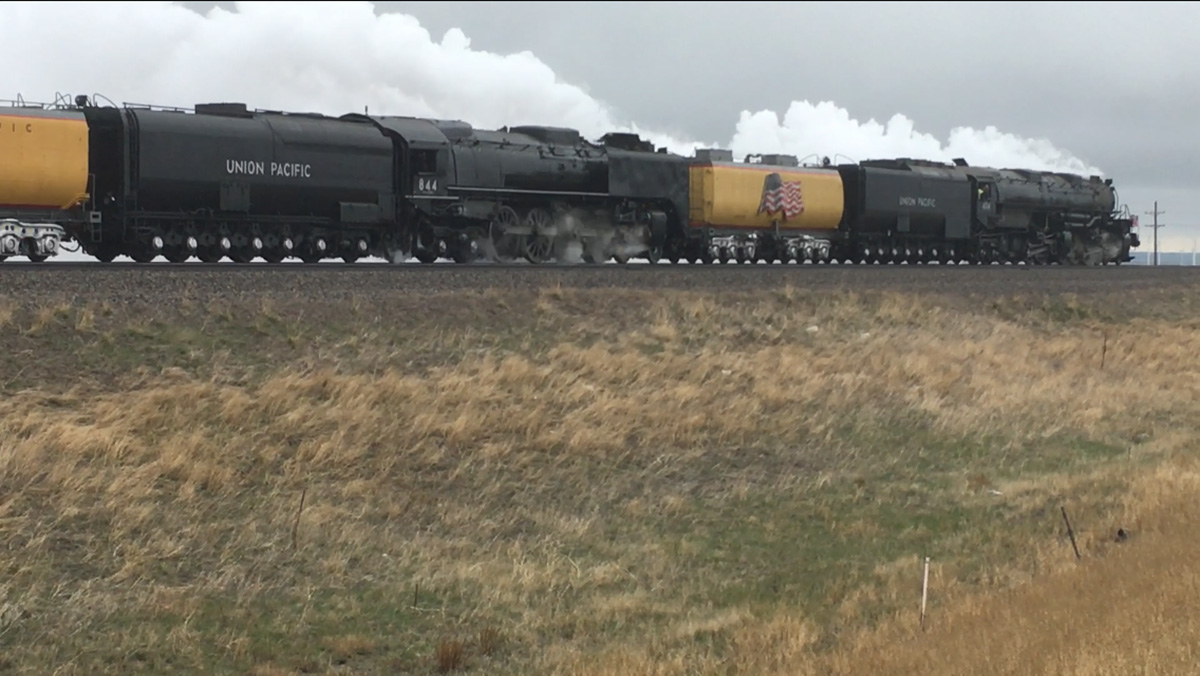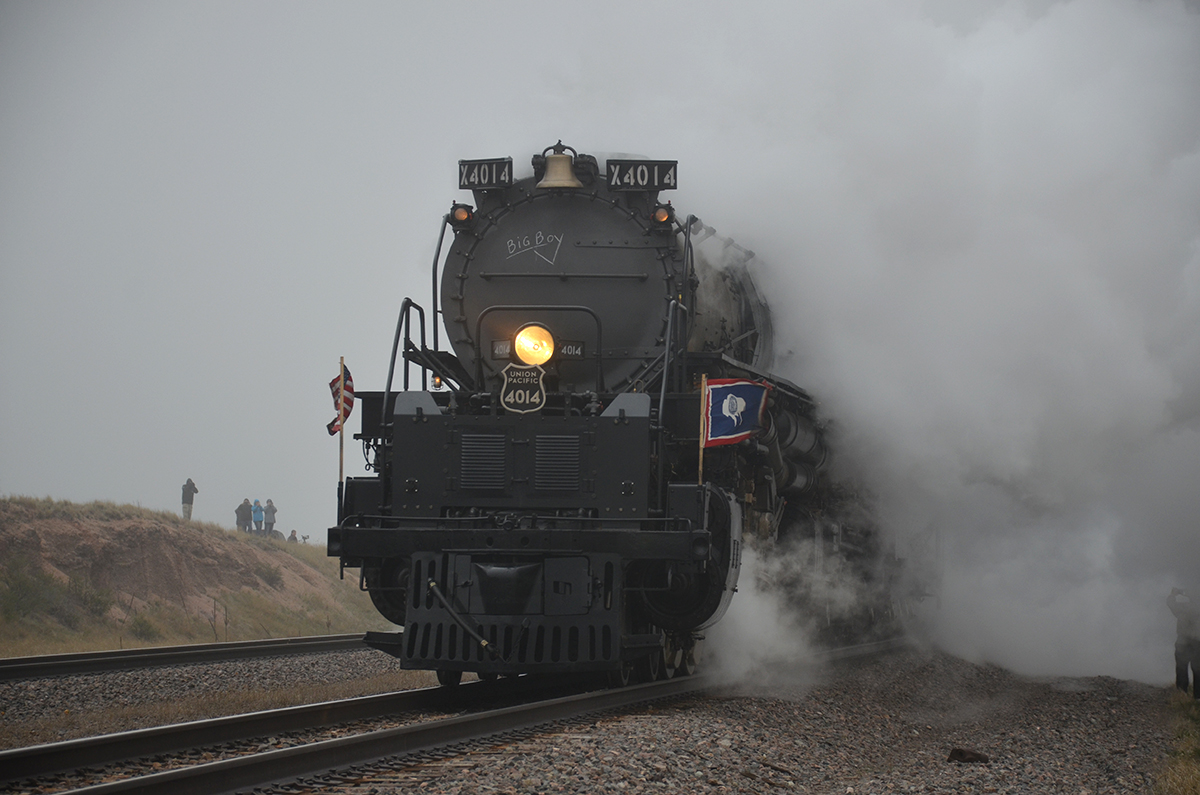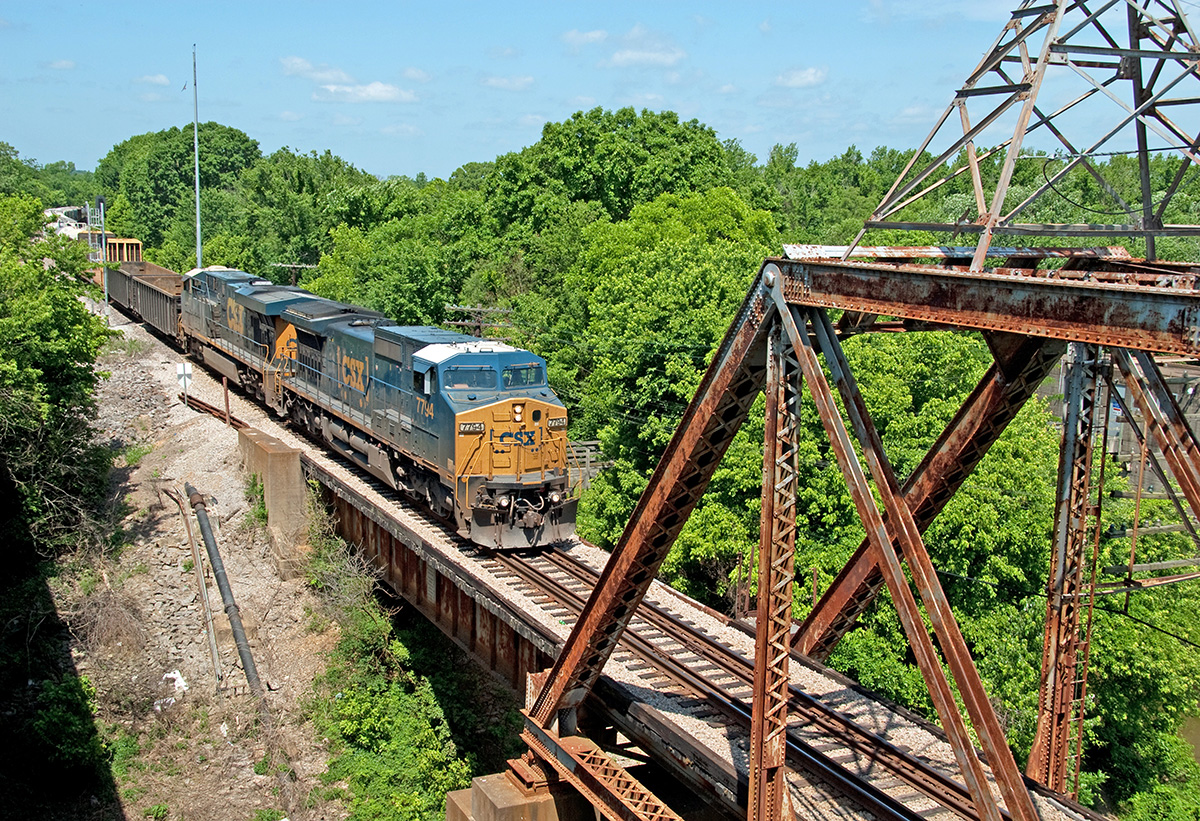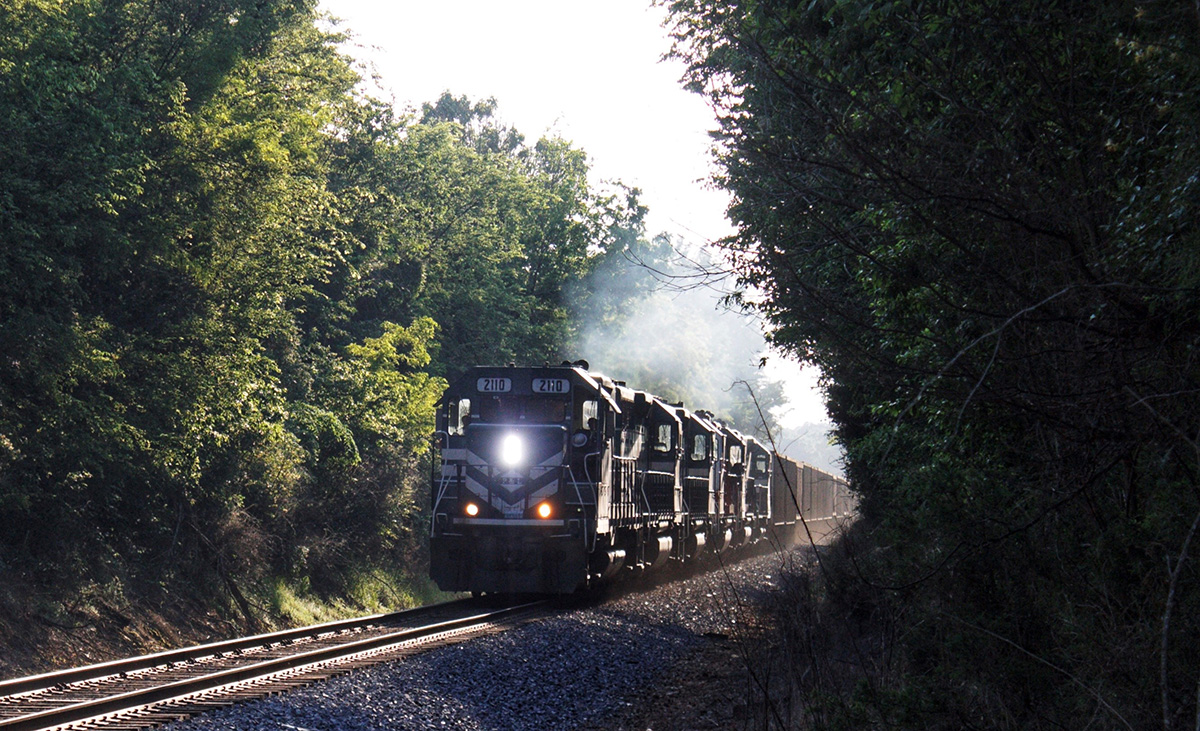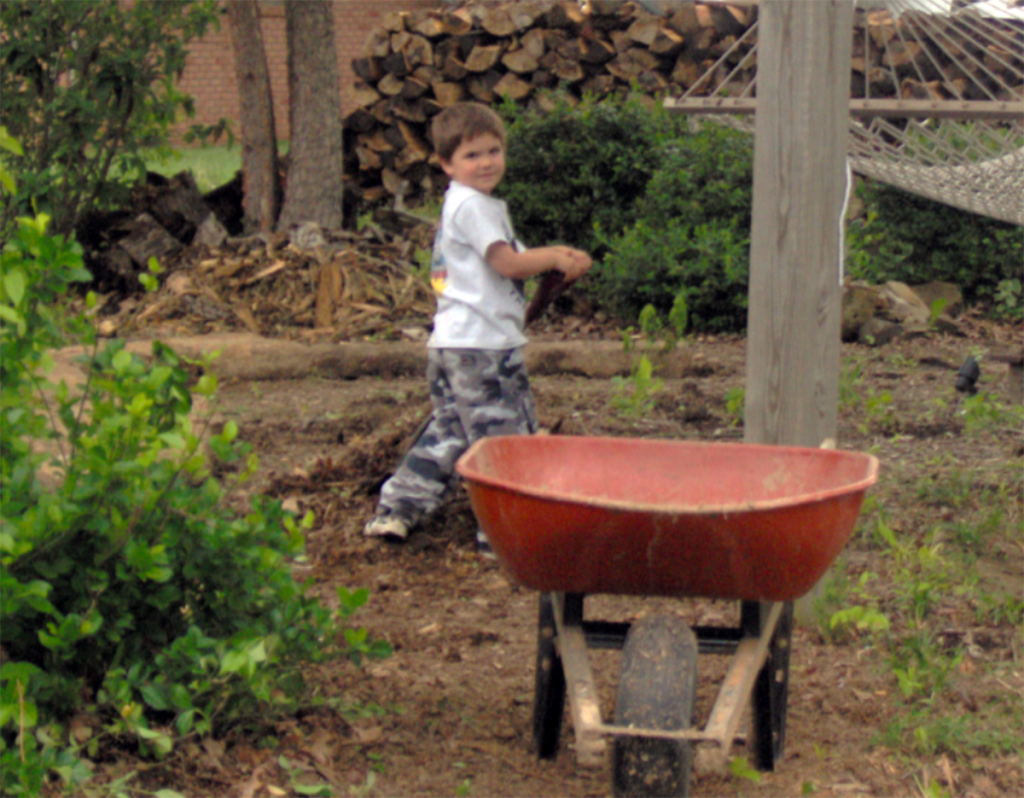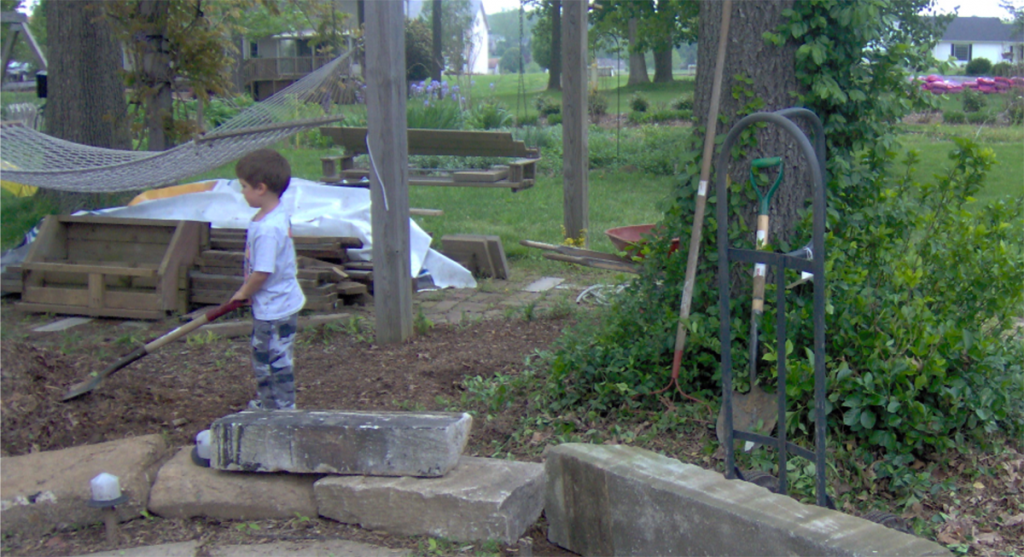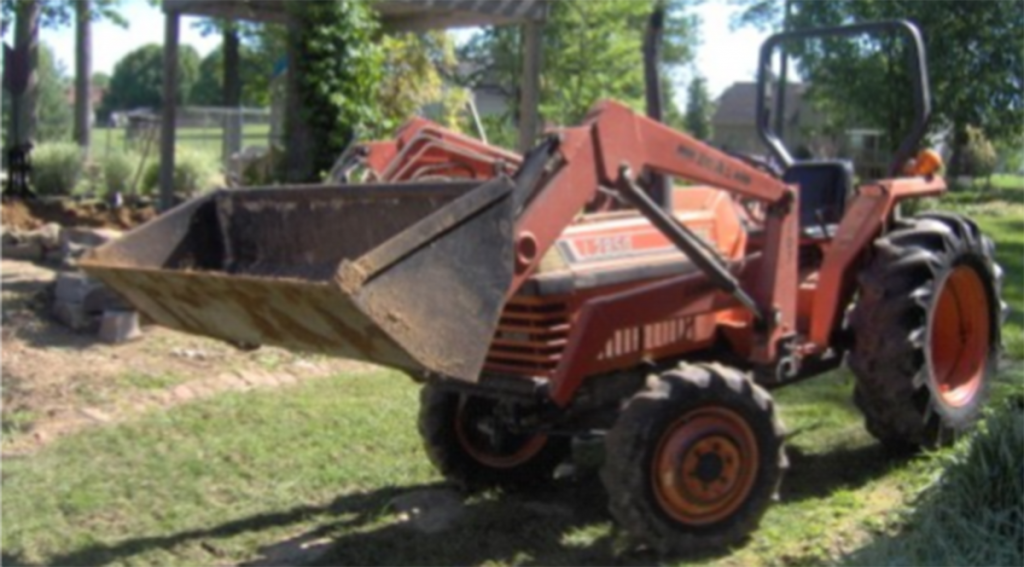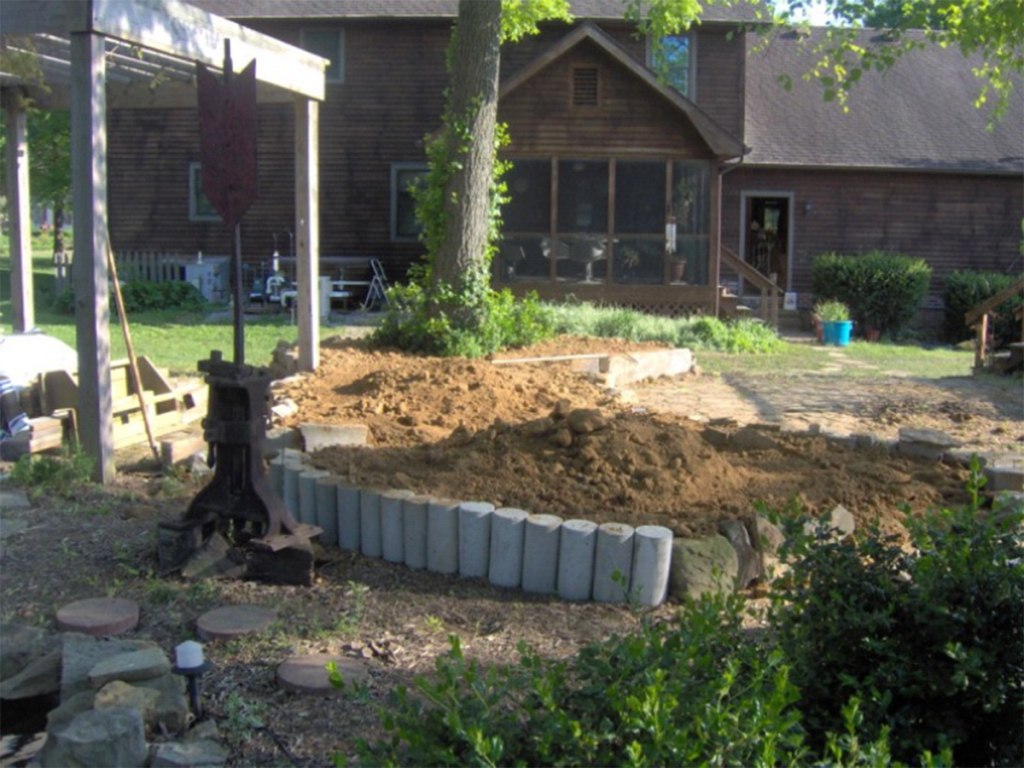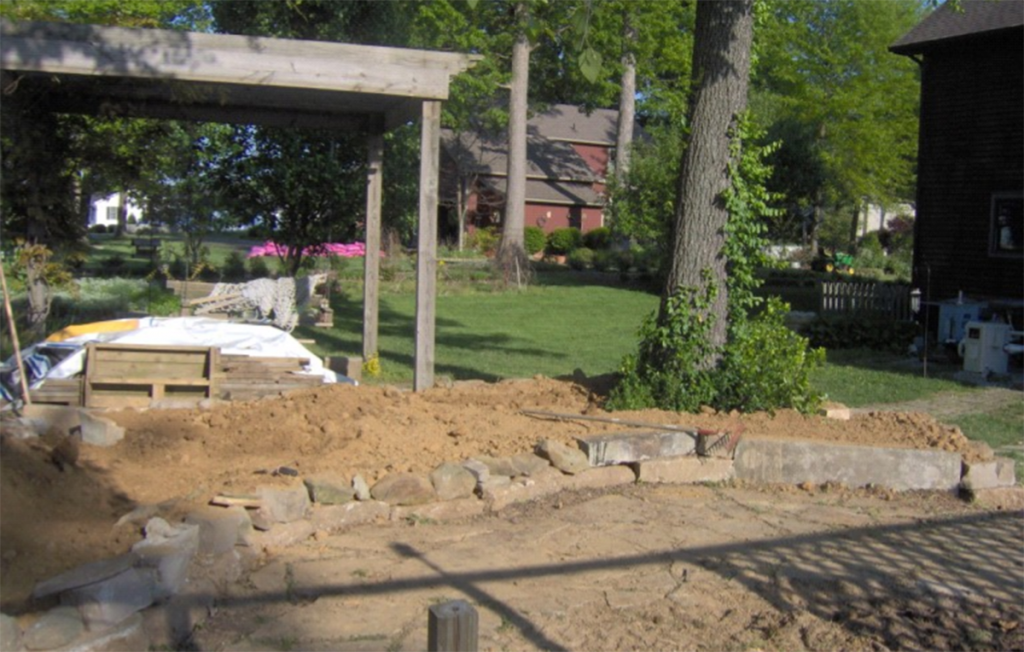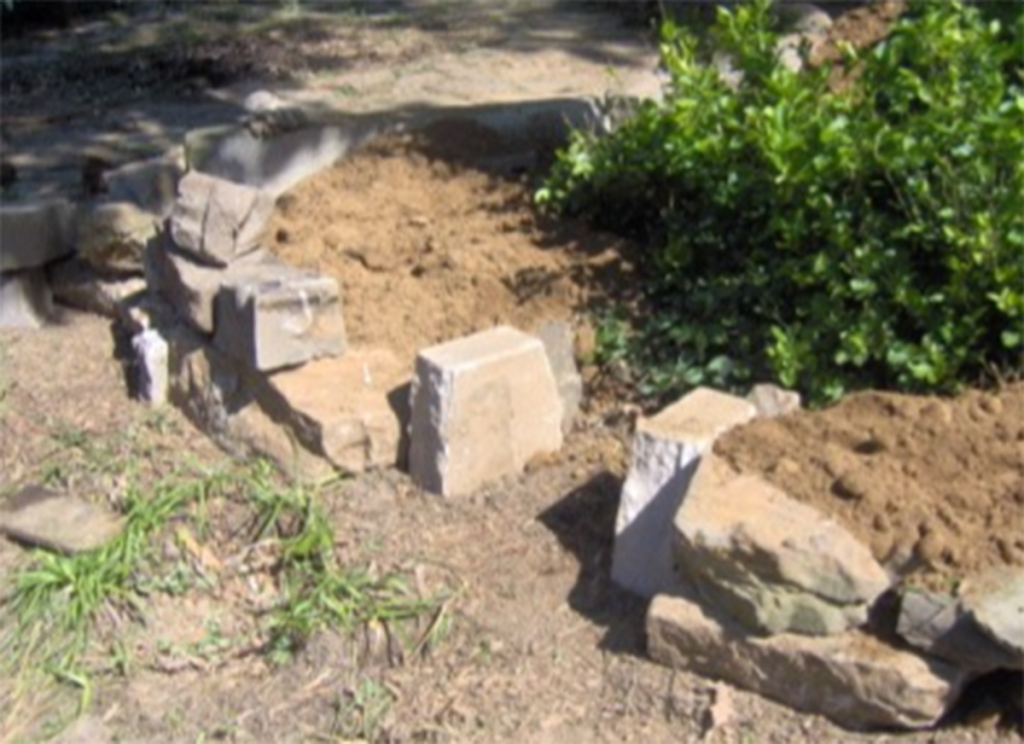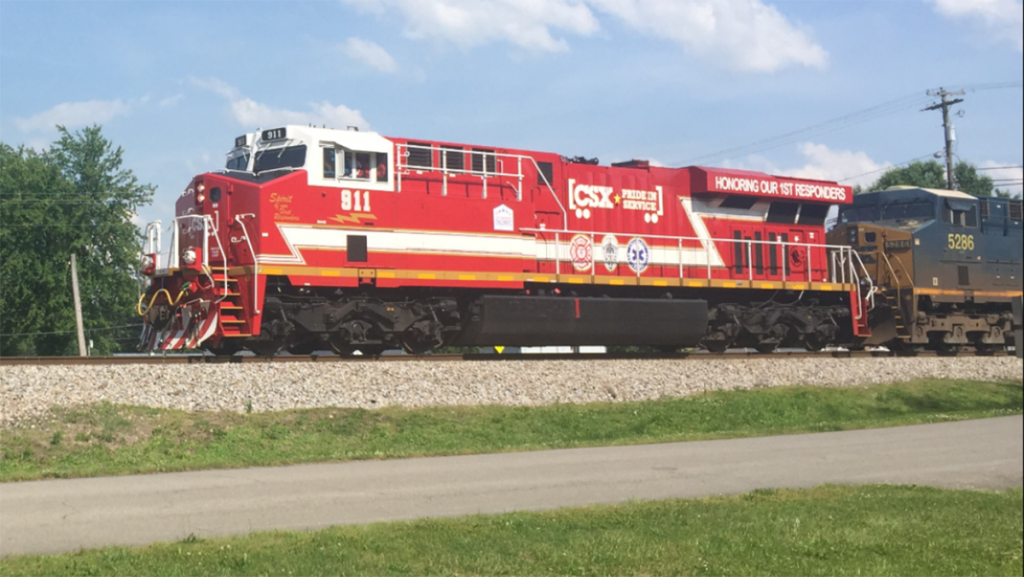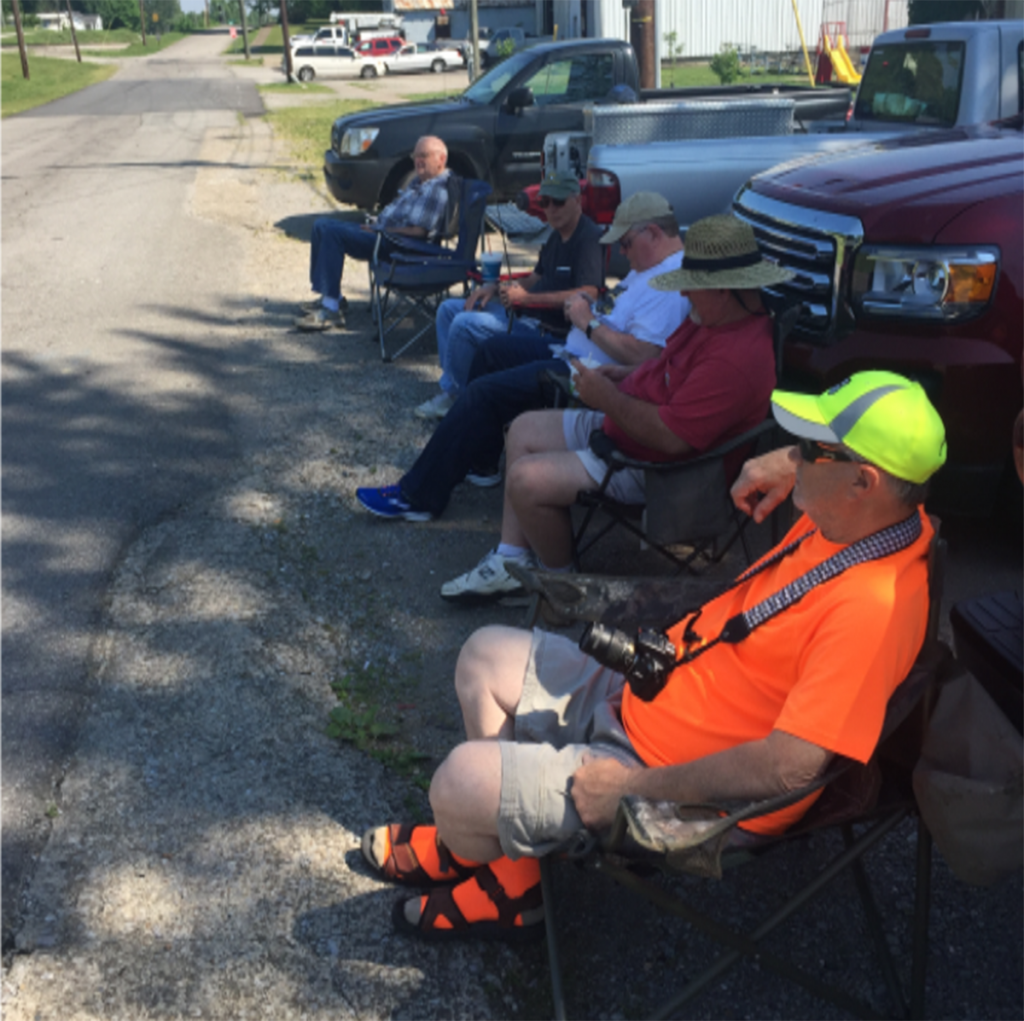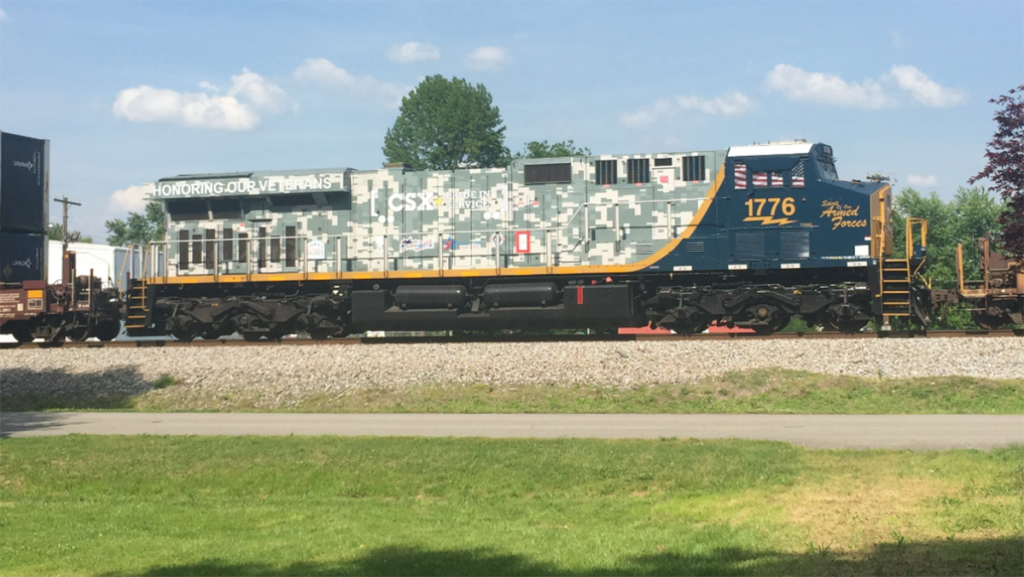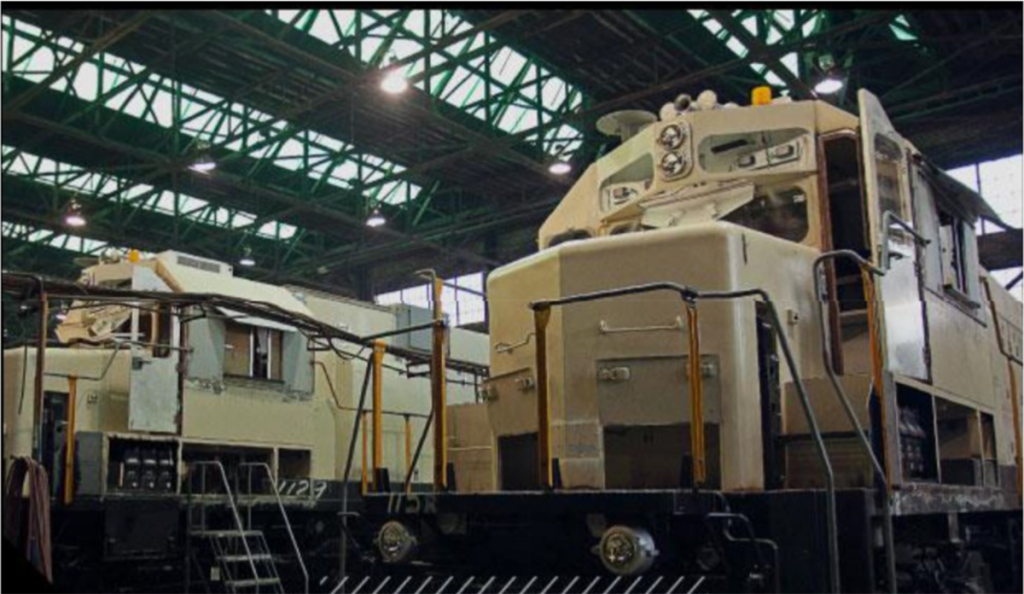
As of July 8, employees have begun light locomotive repairs and inspections.
Citing a rebounding rail industry and an increase in work orders, NRE reopened its 450,000 square foot Paducah, Kentucky plant on July 8, 2019. Employees have begun making light repairs and inspections of locomotives, as well as provide other service offerings.
“We are very excited to be able to reopen the Paducah plant,” said Steven Beal, President of NRE. “The Paducah plant and its employees have a nearly 100 year history of providing quality locomotive products and services. Our goal since we shuttered it two years ago has always been to bring it back online and to get our employees back to work,” he added.
NRE is actively seeking applicants to fill available positions at the plant as the plant increases its operations. If interested, please visit www.nre.com/careers.
When full-strength, NRE Paducah provides the following services:
• New Locomotive Builds
• Remanufactured Locomotives
• Locomotive Service
• Field Service
• New Parts and Components
• Remanufactured Parts and Components
• Salvage
“The reopening of the Paducah facility is merely the beginning,” said Beal. “Paducah will be a key component of the future of our company and we look forward to growing together.”
For more information, please contact Brandon Schwartz at 618.899.5591 or b.schwartz@nre.com. – Submitted by Chris Dees

